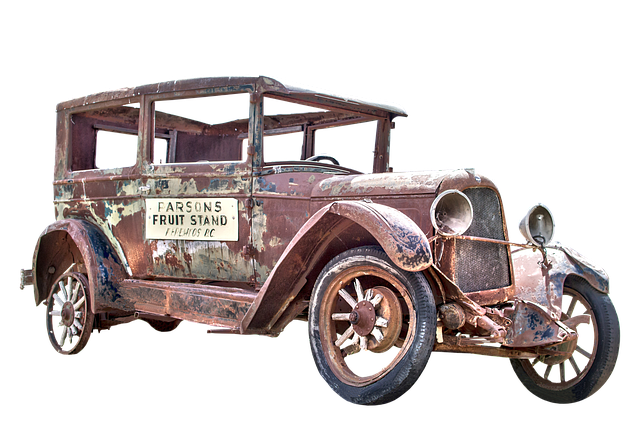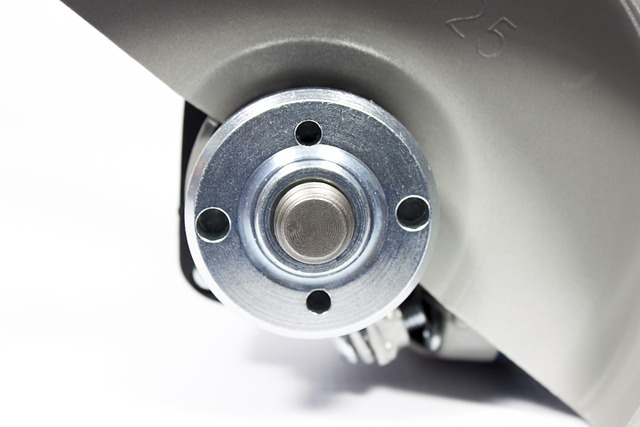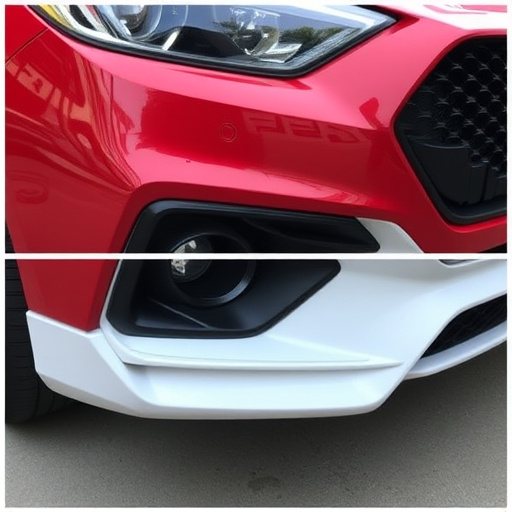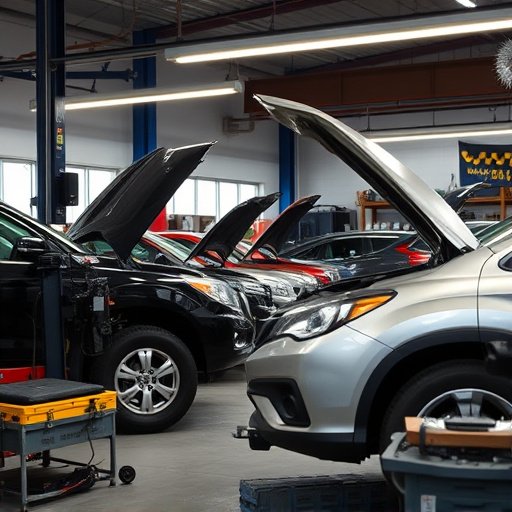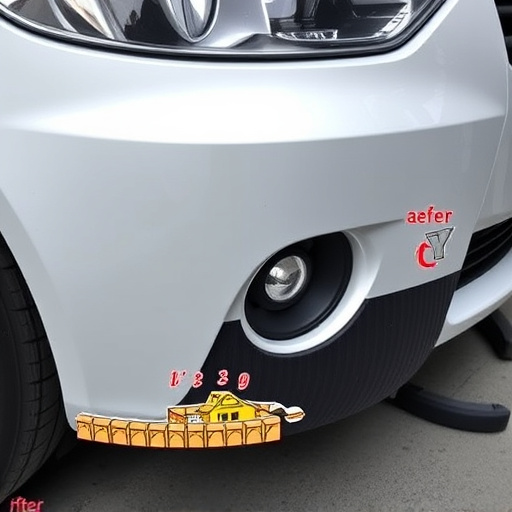The Tesla Supercharger network provides fast charging solutions globally for all Tesla car models, reducing charging times and range anxiety. Key factors influencing compatibility are battery pack size and vehicle charging port design, with standardized ports allowing adapters for various models. Understanding each model's unique requirements ensures efficient charging at Supercharger stations, enhanced by regular updates.
“Unravel the mysteries of Tesla Supercharger compatibility across diverse models. This comprehensive guide explores how Tesla’s expansive charging network caters to various vehicle types. From understanding the underlying infrastructure to factors shaping compatibility, we delve into maximizing charging efficiency. Learn which elements influence Supercharger accessibility for Model S, 3, X, and Y owners, ensuring a seamless electric vehicle (EV) ownership experience. Explore strategies to optimize your charging journey.”
- Understanding Tesla Supercharger Network
- Factors Influencing Supercharger Compatibility
- Maximizing Charging Efficiency Across Models
Understanding Tesla Supercharger Network
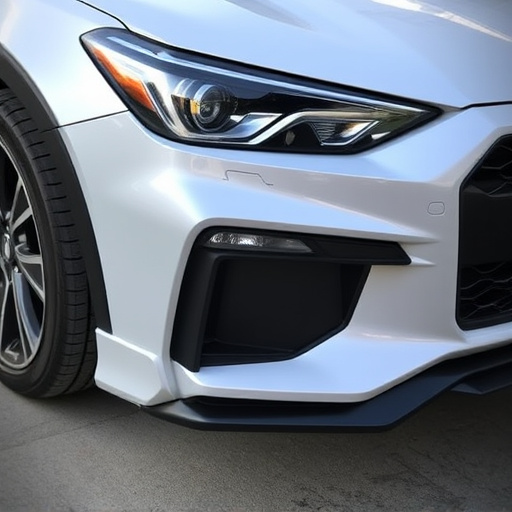
The Tesla Supercharger network is a vital component of electric vehicle ownership, providing fast and efficient charging solutions for Tesla car models. This extensive network consists of dedicated stations strategically located across various regions, allowing Tesla owners to travel long distances with ease. Each Supercharger station offers high-speed charging capabilities, significantly reducing charging times compared to conventional outlets. The network’s design caters to different Tesla vehicle models, ensuring compatibility and efficient charging speeds for all.
Understanding the Supercharger network is crucial for Tesla car owners as it enables them to plan their journeys and access a global infrastructure tailored to their vehicles’ needs. This network showcases Tesla’s commitment to fostering an eco-friendly automotive restoration by providing convenient and fast-charging solutions, thereby reducing range anxiety among EV owners and encouraging more people to embrace electric mobility.
Factors Influencing Supercharger Compatibility
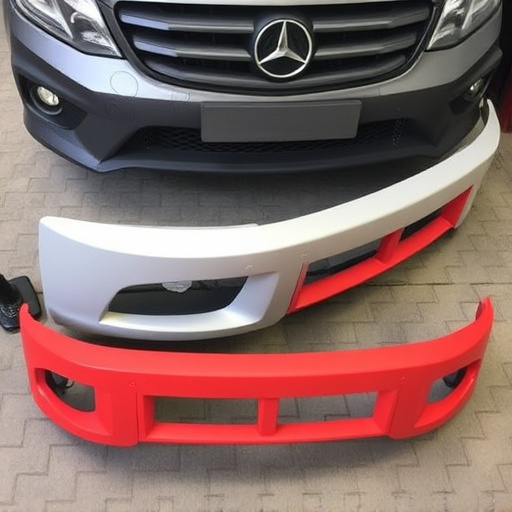
When it comes to Tesla Supercharger compatibility, several factors play a significant role in determining which models can seamlessly utilize these fast-charging stations. One of the primary considerations is the vehicle’s battery pack size and type. Tesla offers various battery configurations across its model range, from the compact batteries in the Model 3 to the larger cells in the Model S and X. The Supercharger network is designed to accommodate these differences, ensuring that each station can handle a wide range of battery sizes with varying charging capacities.
Additionally, the physical design and wiring of the vehicle’s charging port are critical. Tesla has standardized on a specific charging port layout across its models, making it compatible with the Supercharger system. However, in cases where there might be older or specialized vehicles with different port designs, adapters can often be used to facilitate charging at Supercharger stations. This ensures that even less common Tesla models, such as those requiring custom car paint services or extensive auto body repairs due to damage, can access the efficient and fast-charging infrastructure offered by the Supercharger network.
Maximizing Charging Efficiency Across Models
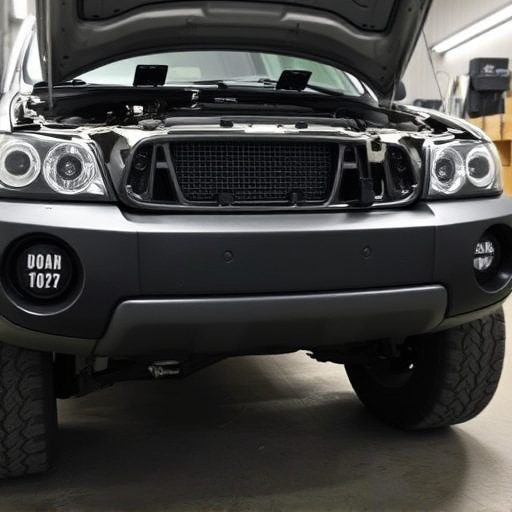
Tesla’s Supercharger network is designed to cater to various vehicle models, ensuring efficient and quick charging for all Tesla owners. The key to maximizing charging efficiency lies in understanding each model’s unique requirements and compatibility with the Supercharger stations. Every Tesla vehicle, from the Model S to the Model 3, has different power needs and charging capabilities due to variations in battery size and technology. For instance, newer models like the Model Y often feature faster charging rates compared to older variants.
To make the most of Tesla Superchargers, owners should familiarize themselves with their vehicle’s specifications. The auto repair and bodywork services offered by Tesla ensure that these stations are compatible with diverse car body types and charging ports. This compatibility allows for seamless charging experiences, regardless of whether you’re driving a sedan or an SUV. With regular updates and improvements to its charging infrastructure, Tesla continues to enhance the overall efficiency and accessibility of its Supercharger network across all models.
Tesla’s Supercharger network offers a convenient and efficient charging solution for all compatible models, revolutionizing long-distance travel. By understanding the factors influencing supercharger compatibility and maximizing charging efficiency, Tesla owners can fully leverage this game-changer in the electric vehicle landscape. The future of sustainable transportation looks brighter with each charge at the Supercharger station.


